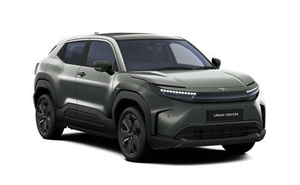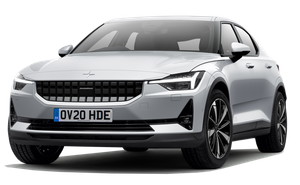Range
There are three battery options in the electric-only Ford Explorer. The single-motor, 77kWh Extended Range RWD is likely to be the big seller as it manages up to 374 miles (or 354 miles if you go for top-spec Premium with its bigger alloy wheels).
The high-powered Extended Range AWD variant gets a 79kWh usable battery and a range of 329 miles, while the 52kWh model arrives later with a WLTP range of 239 miles.
As for real-world range, we’ve spent lots of time in the RWD Extended Range model that’s likely to be the big seller, and you can expect to see around 3.1- 3.7 miles/kWh (which is like mpg but for electric cars). That equates to around 240- to 285 miles of range depending on conditions, and it’s worth noting that our test car didn’t have the optional heat pump so you may see better range and efficiency if you decide to add that. Expect the AWD Extended Range to manage around 20- to 30-miles less.
Battery
As we’ve said above, there are three lithium-ion NMC battery options, ranging from 52- to 79kWh. All are lithium-ion NMC batteries, which is the battery chemistry used by the majority of electric cars. You can read about the pros- and cons of lithium-ion batteries and the other common electric car battery technologies right here.
Charging
Charging speeds vary in the Explorer. Go for the entry-level 52kWh model and DC rapid charging peaks at 135kW, although the smaller battery capacity means that’s still good for a 10-80% charge in around half an hour.
The 77- and 79kWh versions manage an impressive 185kW, which isn’t at all far off the class-leading rapid charging speeds you get with Tesla, Kia and Hyundai, and can deliver a 10-80% charge in around 26 minutes when you plug into a fast enough rapid charger.
A 7kW home charger will full charge the Explorer 52kWh in under nine hours, while the big battery versions will take more like 13 hours.
Of course, the Ford Explorer uses Type 2 and CCS sockets, which are the European standard and will be compatible with almost all public chargers across the UK and Europe. You get the cables you need for charging at a home wallbox, but you’ll have to pay a little extra for a cable to charge at a normal, three-pin domestic socket like we’ve all got in the walls of our homes. Charging in this fashion means that you’ll only be trickle charging at around 2.3kW, for some 6 miles of range per hour, but we’d always say that it’s worth having this cable as it can still be very useful if you’re topping up while staying away with friends or at a holiday let.










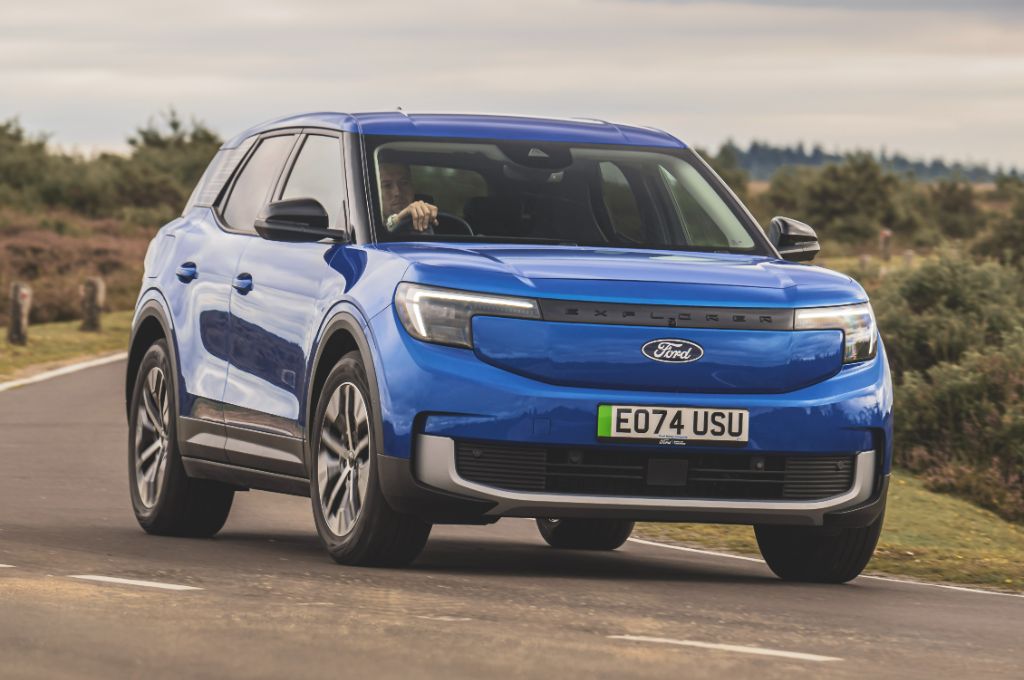
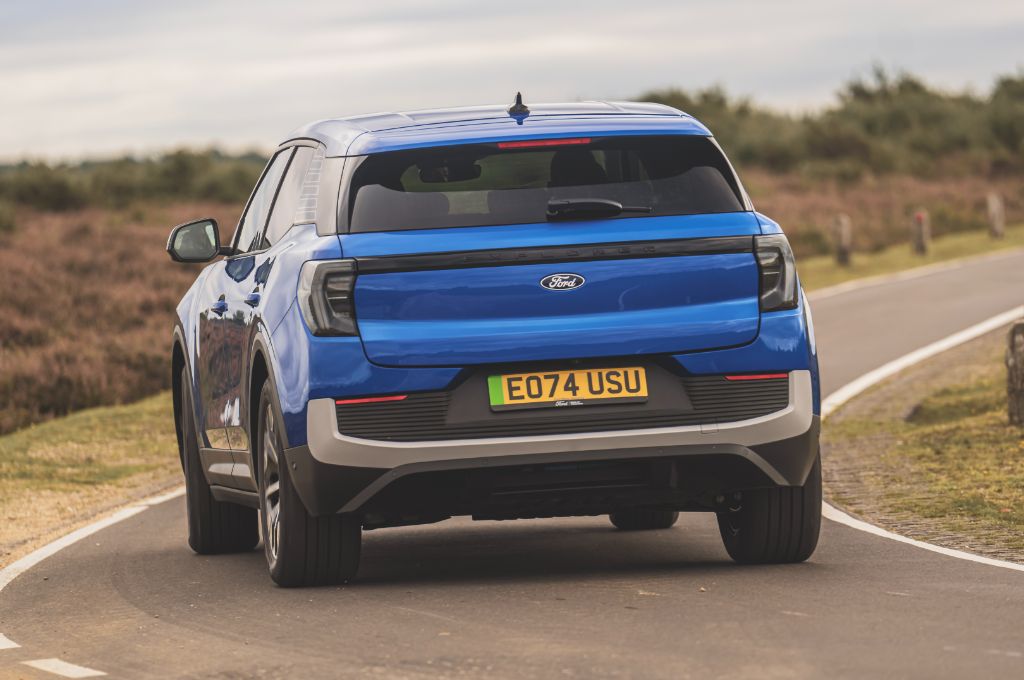.jpg)

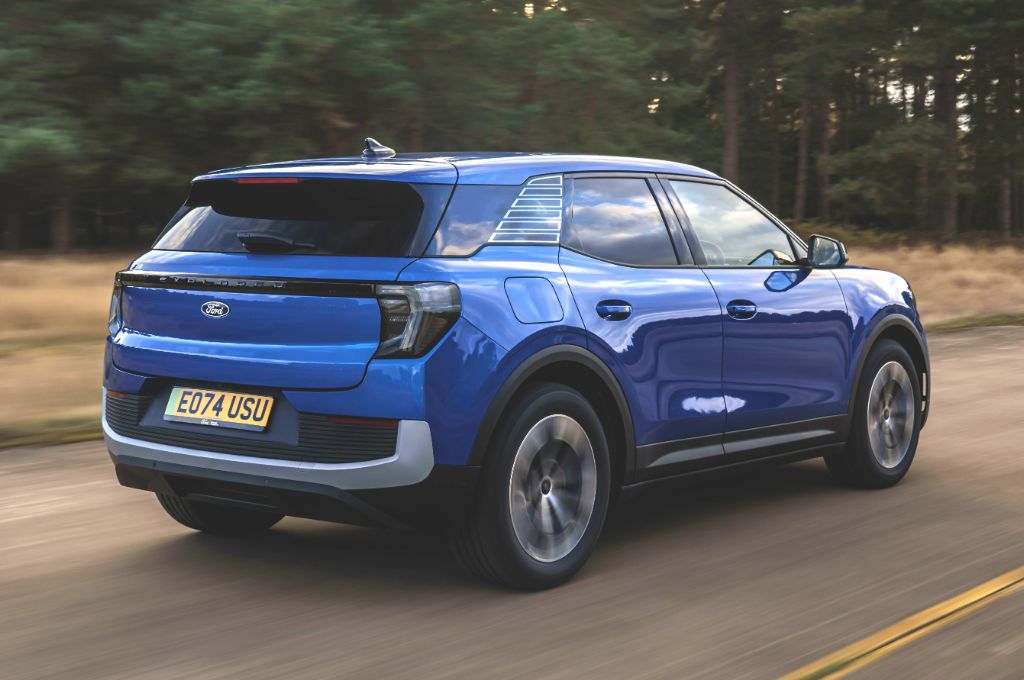
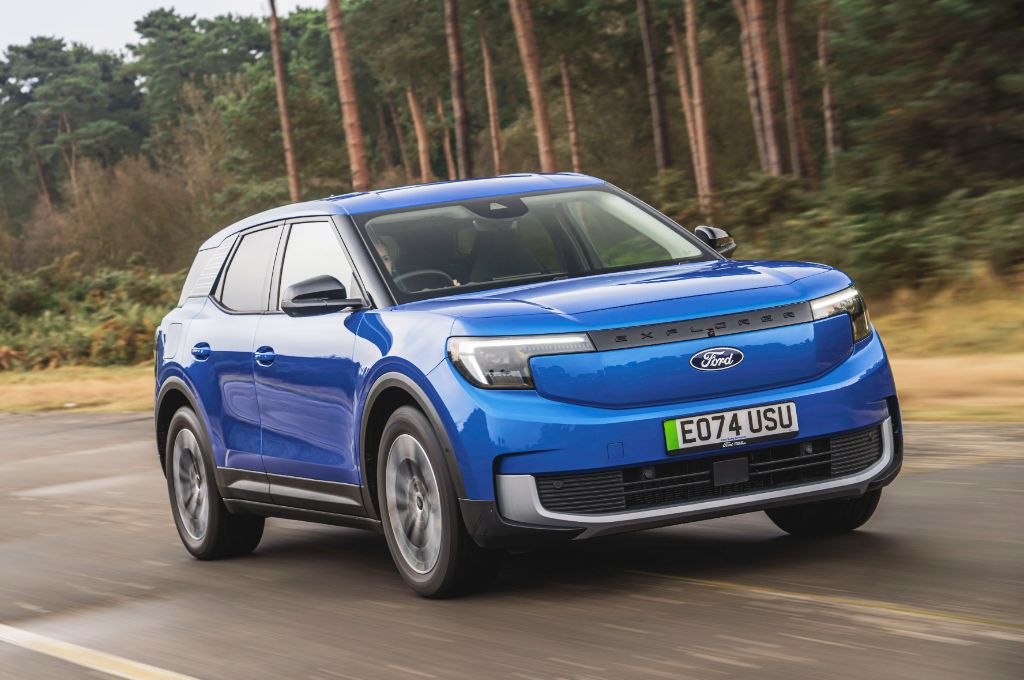
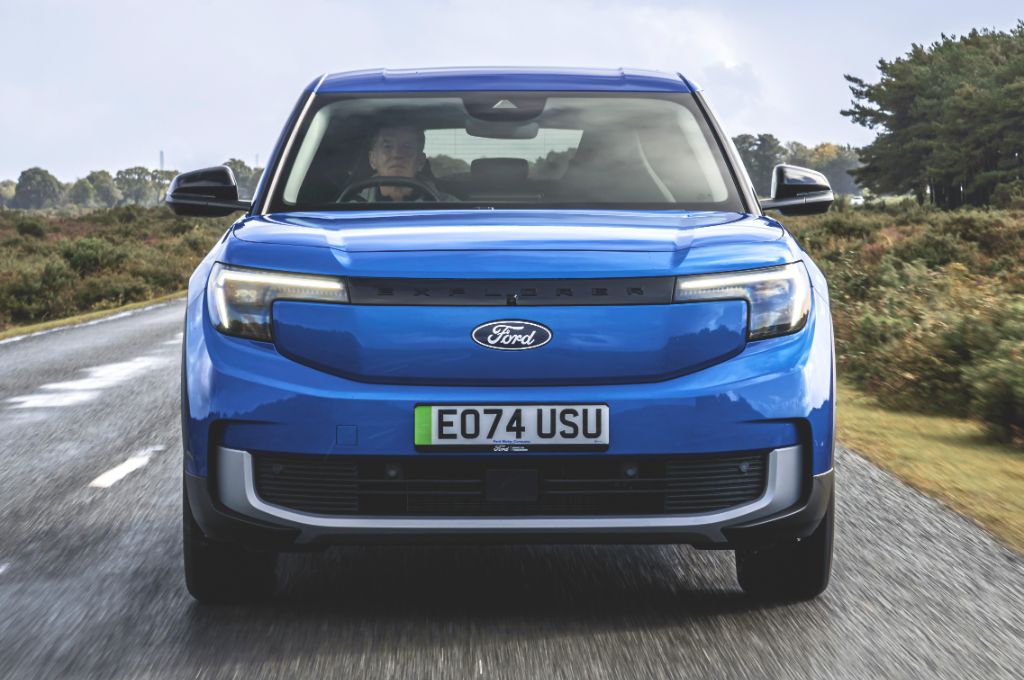
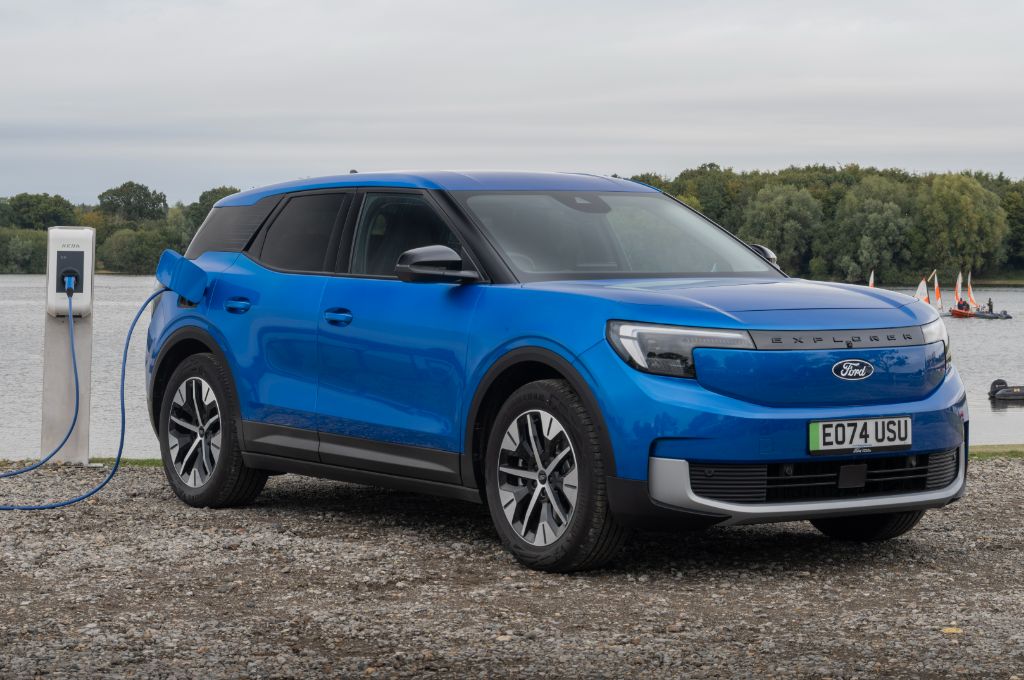
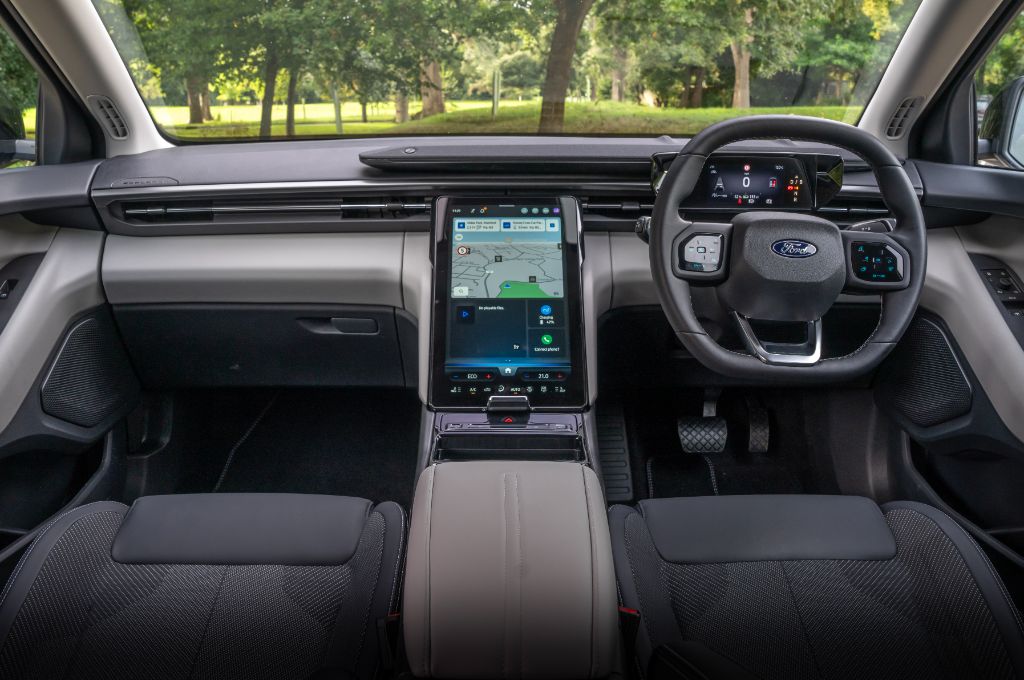
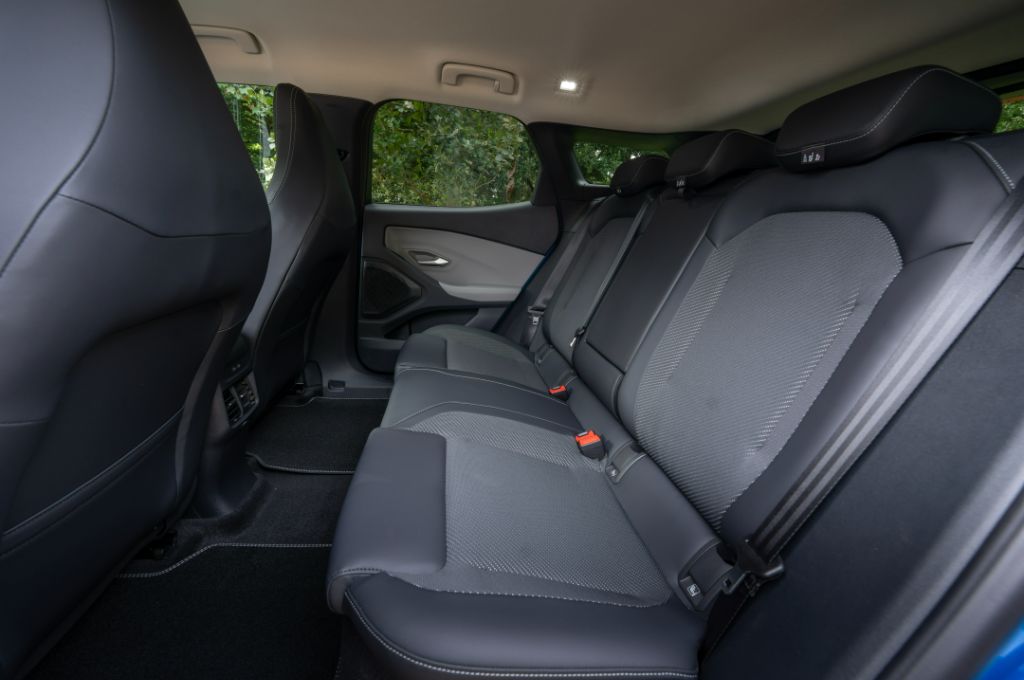

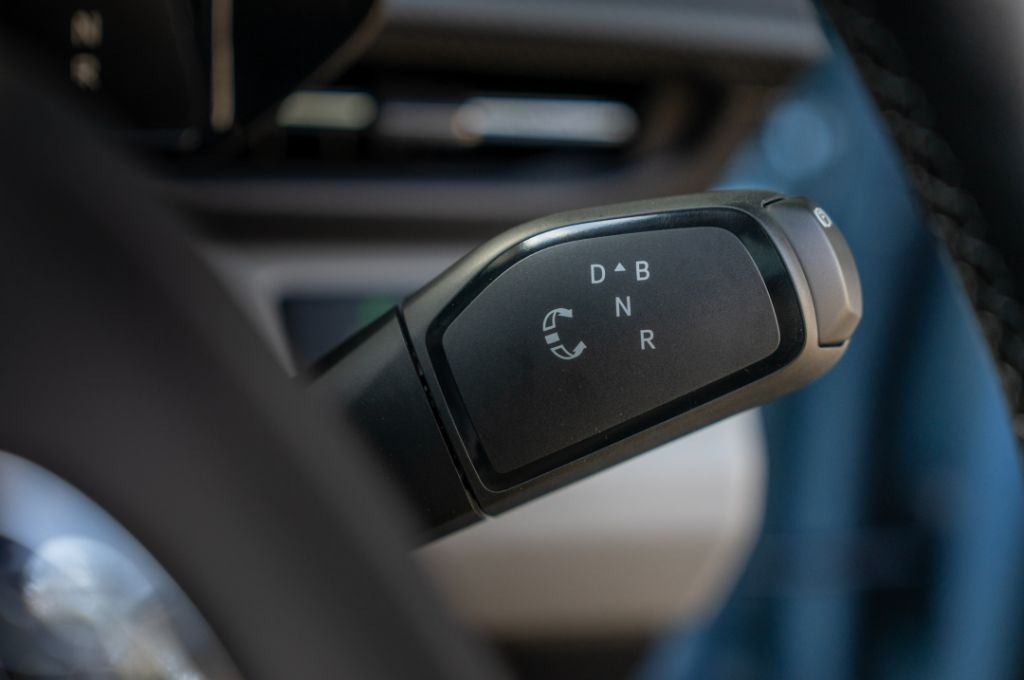

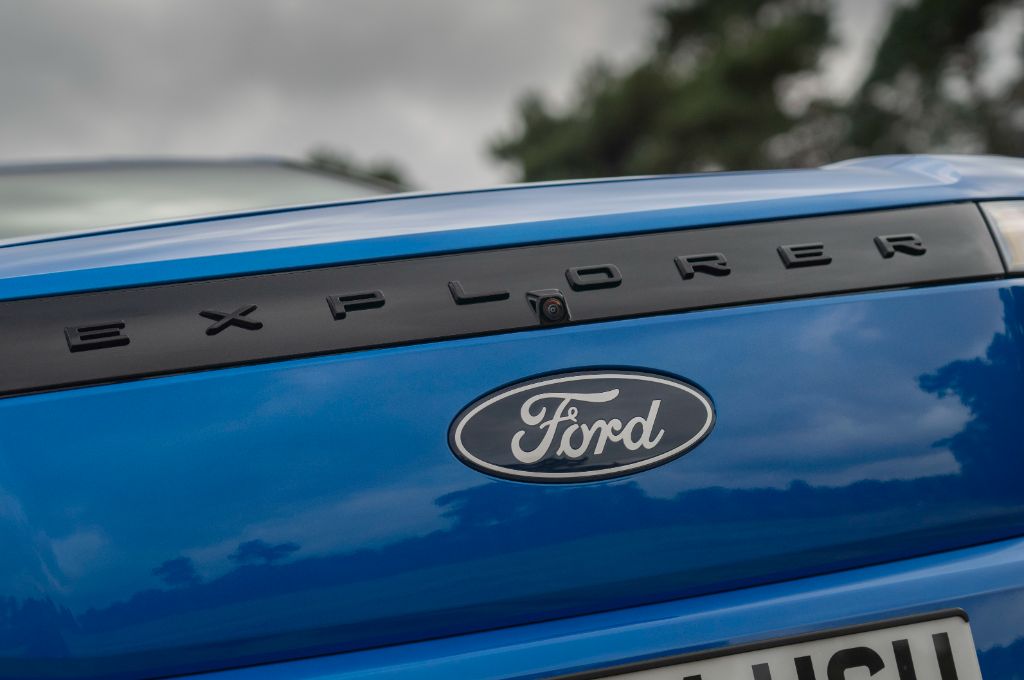
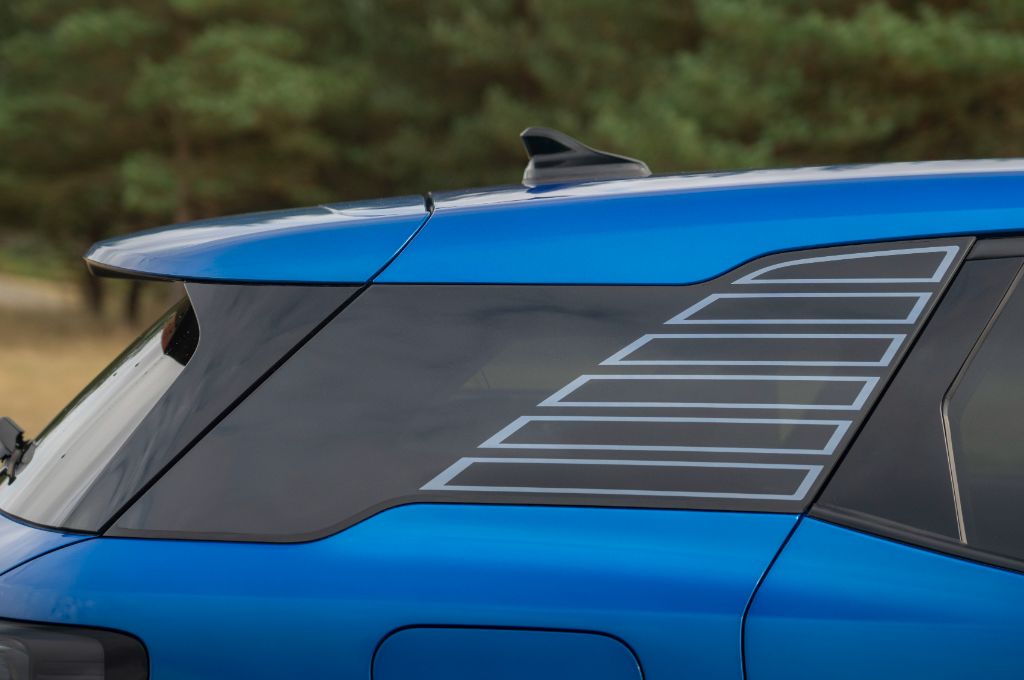



.jpg?width=1500&height=1000)
